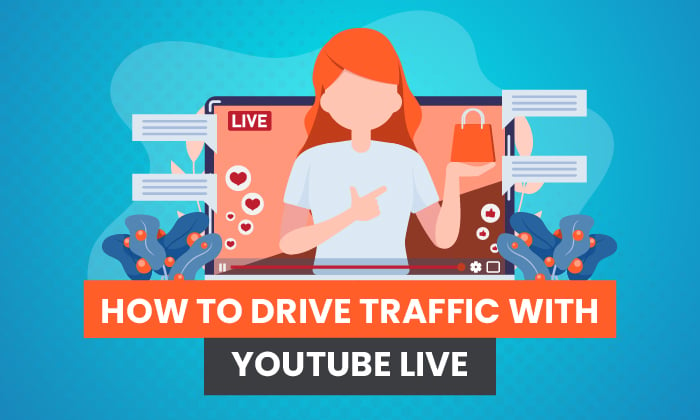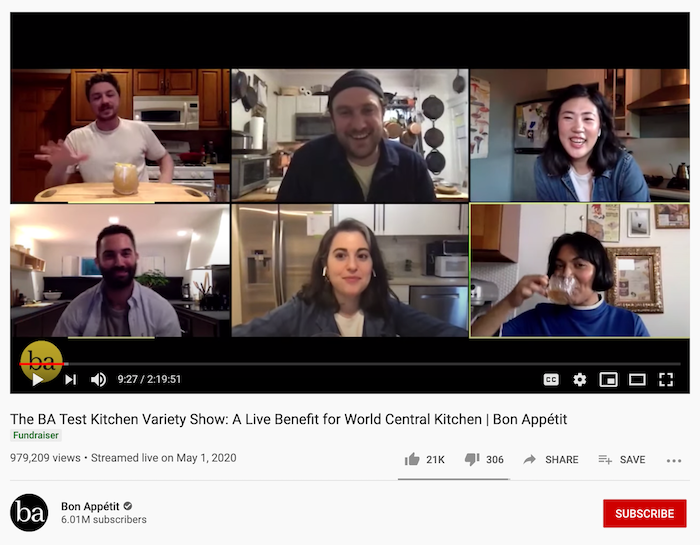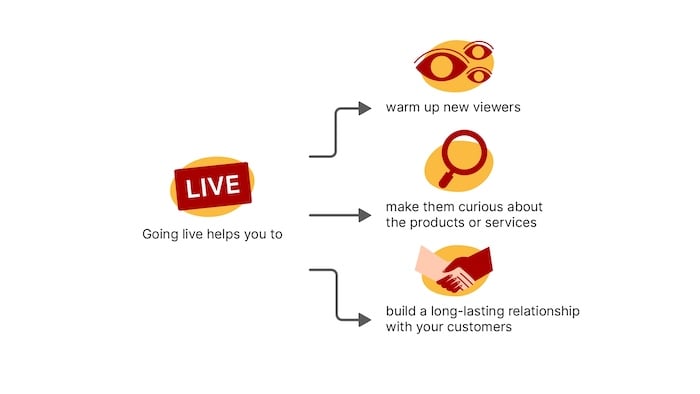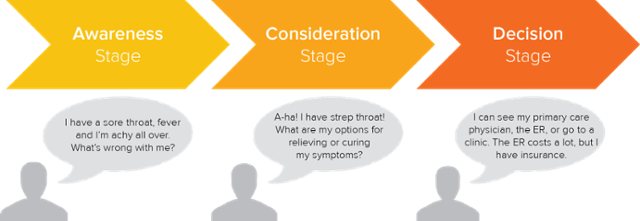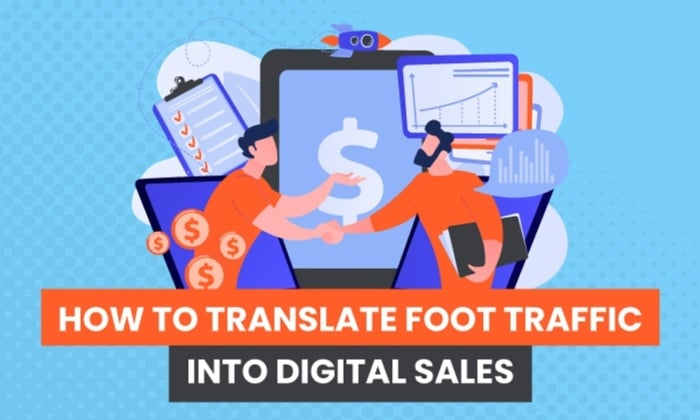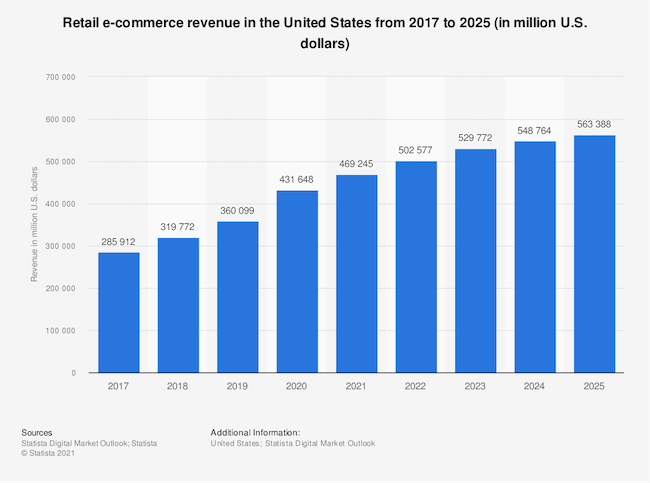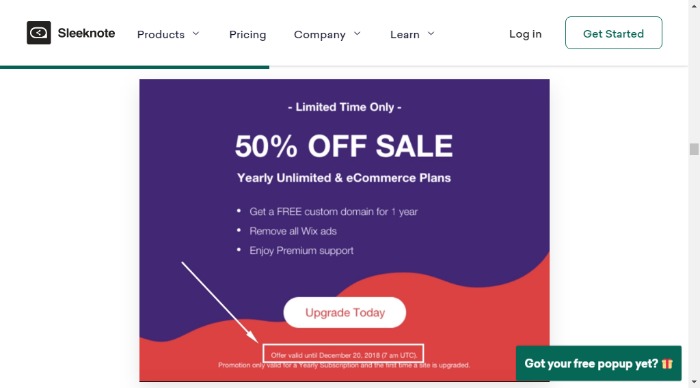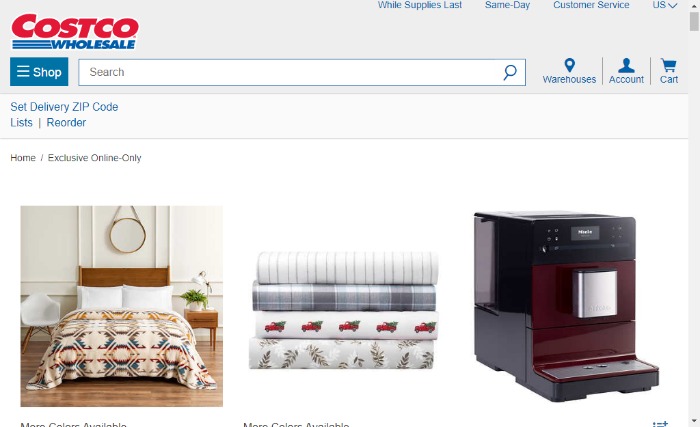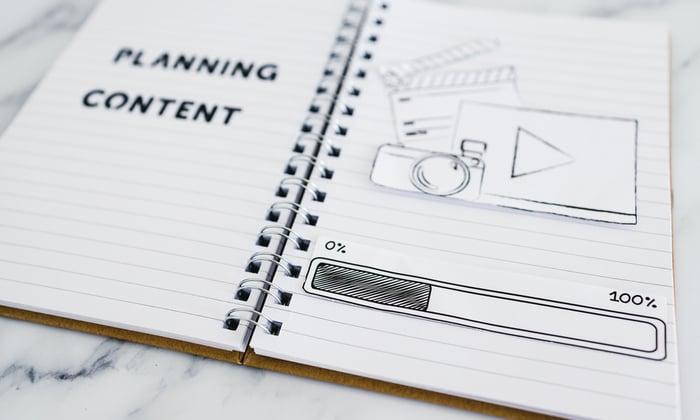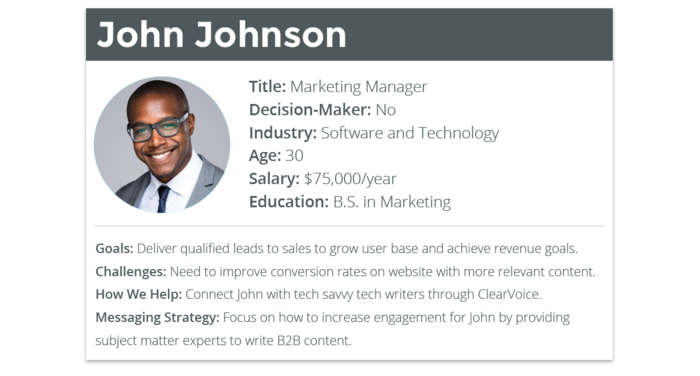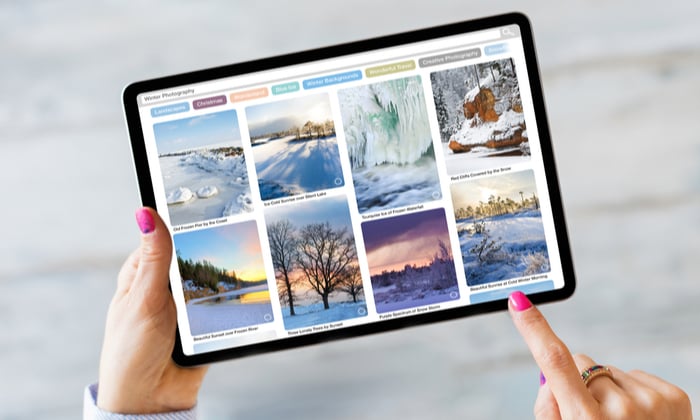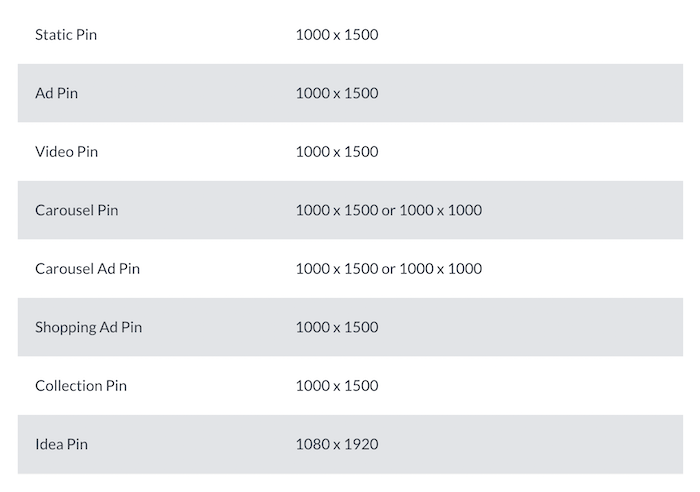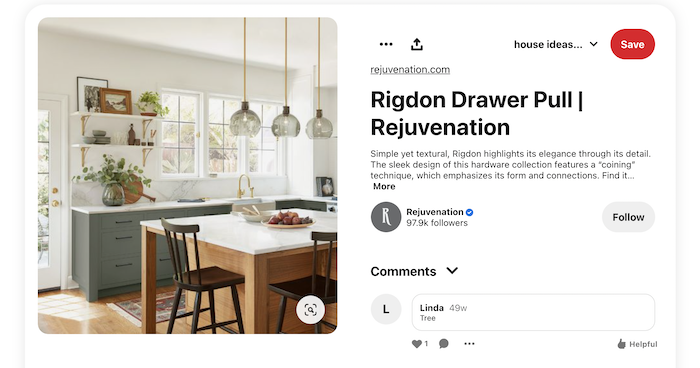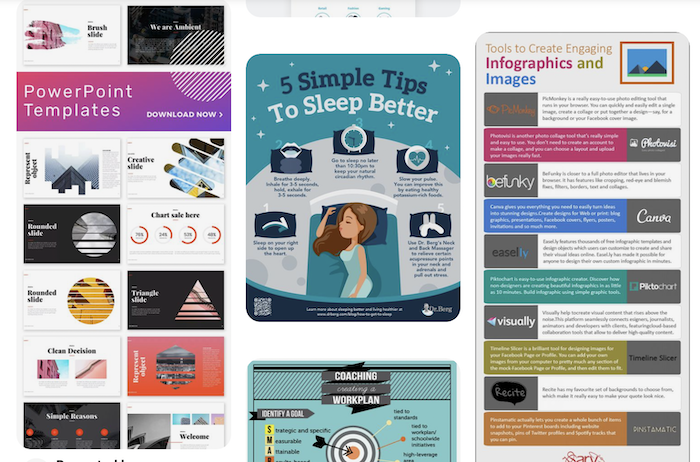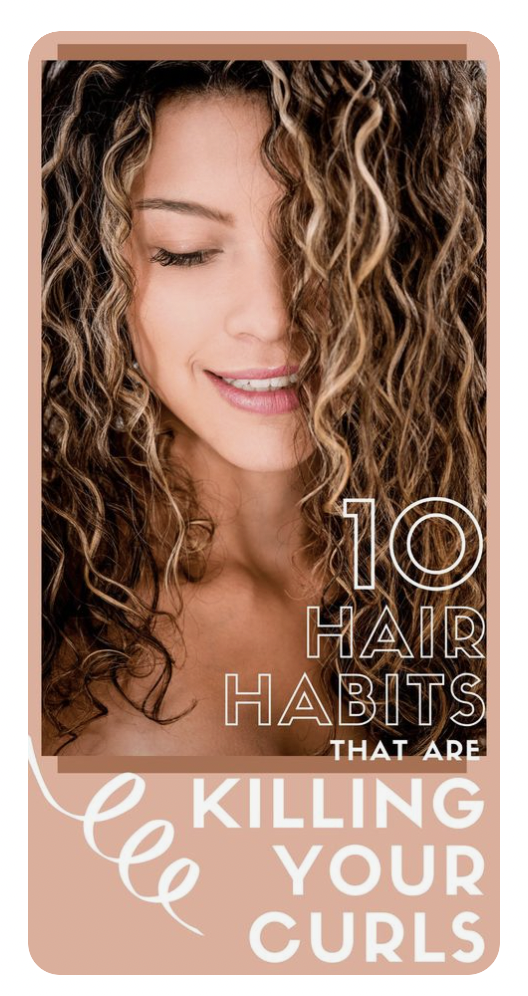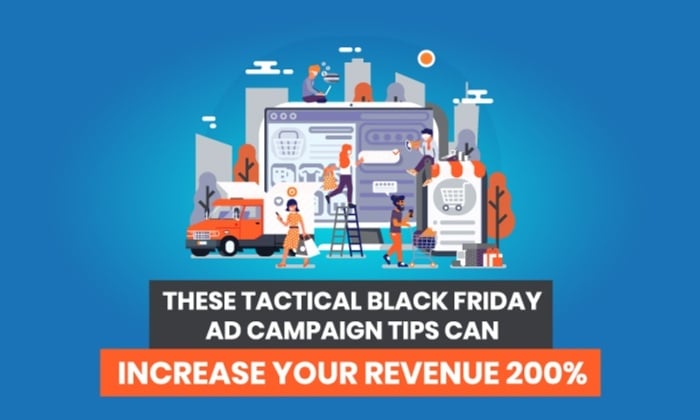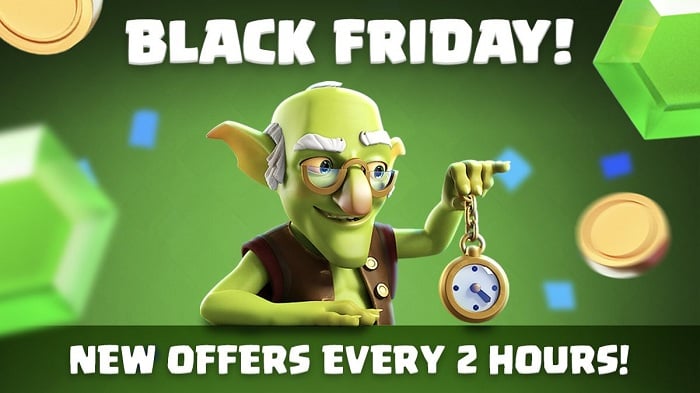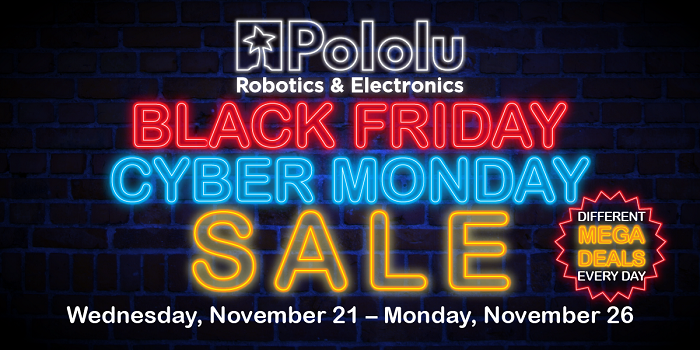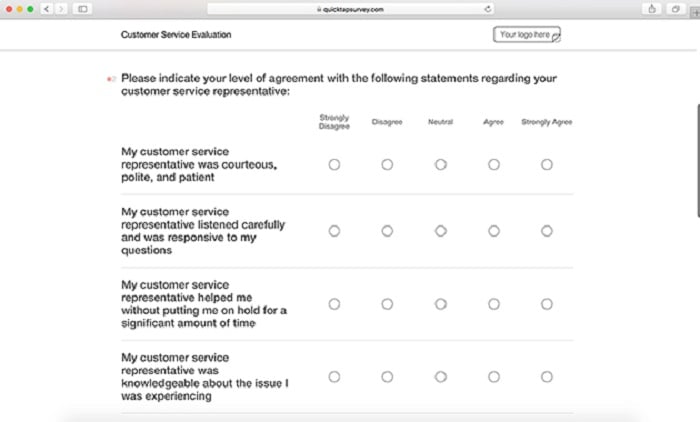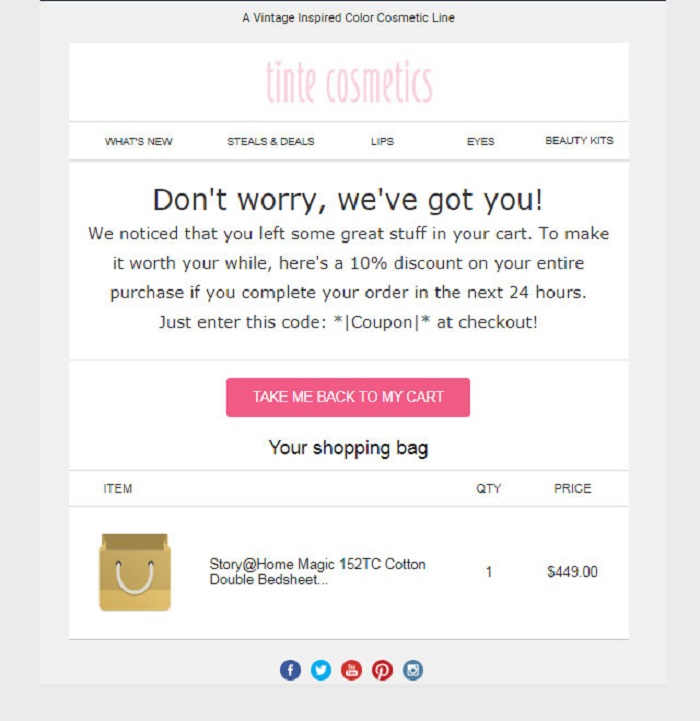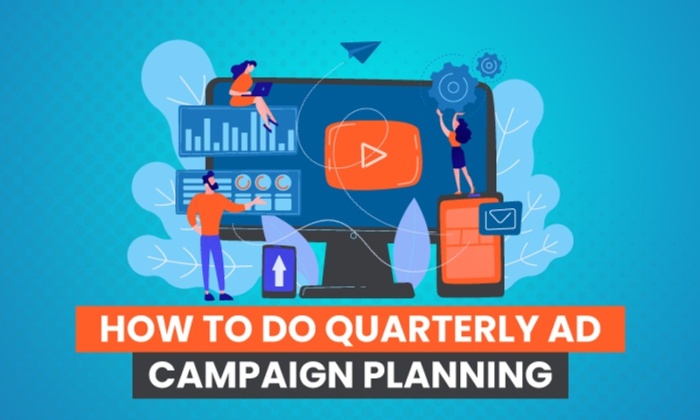
Perhaps you have a yearly marketing plan that provides an overview of the year. This can be helpful in understanding your overall goals but too vague to implement. That’s why a campaign plan with a narrower window—such as a quarter—is essential to marketing success.
A quarterly ad campaign plan provides a more granular view of your objectives, goals, and success. This will enable you to keep your priorities in line and respond accordingly to KPIs and metrics as results become available.
This in-depth guide provides actionable tips for successfully planning your quarterly ad campaign. By the end of this article, you will feel confident in your ability to create a thorough campaign plan you and your team can execute.
Review Last Quarter’s KPI and Metrics
The first step to future campaign planning is to look at the previous quarter’s performance. Using Key Performance Indicators (KPIs) and metrics, you can gain a deeper understanding of the success of previous campaigns.
The KPIs can vary depending on the marketing campaign and its ultimate purpose, but a few KPIs to consider closely are:
- customer acquisition cost (CAC)
- customer lifetime value (LTV)
- return on investment (ROI)
- marketing qualified lead (MQL)
- traffic-to-lead ratio (new contact rate)
- lead-to-customer ratio
- return on ad spend (ROAS)
- conversion rate
- website traffic
- customer retention
This list is a healthy mix of short-term and long-term KPIs, which is crucial to agile marketing. You don’t need to include all of them in your quarterly business review. Instead, you should focus on one or two that most closely align with each of your objectives.
When choosing KPIs to track, ask yourself whether it is easily quantifiable and something you can influence. The more control you have over a KPI, the more valuable its inclusion in your performance tracking.
With the information above, you can make new quarterly campaign decisions based on what worked, what didn’t, and what ideas could have been better executed.
Set Campaign Goals and Metrics to Track
It’s not enough to create a plan. You should do so with specific goals in mind. However, setting marketing goals you can achieve requires an in-depth approach. I recommend the SMART method for goal setting. This stands for:
- specific
- measurable
- achievable
- relevant
- timebound
What does this look like for a marketing campaign?
Let’s say you’re running a campaign with the overall goal of bringing more qualified leads into your funnel. A SMART goal might look like this:
“Increase the number of MQL’s in our funnel by 8 percent by the end of Q3 via a targeted social media campaign.”
This goal hits all of the marks of a SMART goal by being specific, measurable, achievable, relevant, and timebound. By the end of the campaign, you can easily answer yes or no on whether the goal was achieved. If not, you can reevaluate for the next quarter.
Evaluate Campaign Targeting
Your ad campaigns will only be as effective as the audience they reach. Identifying your target market is a crucial step in ensuring a successful quarterly campaign season.
You should first take a closer look at the data from your existing audience. This means digging in to further determine geography, age ranges, and lifestyle. How did your audience respond to the previous campaigns, and what can you do to improve those responses?
For example, did one segment of your audience interact with the campaign media but not convert? This indicates a surface-level interest. You should not abandon your efforts with this segment entirely but instead shift your objective to a higher level of the marketing funnel (e.g., attention or interest).
You may want to consider target audience expansion, too. Based on the previous quarter’s data, perhaps you found you were reaching demographics not previously on your radar. This would be a good time to reconsider the various segments of your target audience and add new ones if needed.
Fortunately, there are free tools like Google Analytics to help you further evaluate and segment your audience.
Decide Which Platforms to Use
The list of platforms is long and growing longer. The most popular platforms include Google, Facebook, Instagram, Bing, Amazon, and YouTube.
Before you choose which platforms to advertise with, though, you should first determine how many you will use.
With just one or two platforms, you can focus more intently on a more segmented part of your audience. This may result in a higher ROI. If your interest is more in testing various ad types and audience segments, though, then three, four, or even five platforms may be a good idea.
You should focus on quality as well as quantity. Each platform offers its own ad types, and using the right one for your audience is important. Google, for example, has eight different campaign types to choose from:
With so many platforms, you may feel compelled to spread your campaign budget across the spectrum. After all, doesn’t more platforms mean an increased reach? While true in theory, it’s more important to target the right audience.
Review Campaign Budget
You can make your ad campaigns effective, whether on a small or large budget. However, it’s essential to set the budget from the start so you can plan accordingly.
The different platforms will have different tips and tricks for budget optimization. Before you consider the specifics of your budget for each platform, though, you need to determine all-in advertising costs.
It helps to use a top-down approach. This means setting a maximum budget for the quarter that includes all advertising costs. You can then split the budget for each platform based on a few different factors, such as:
- previous platform success
- target market share
- ad type and opportunity
Even further, you can split the platform budget into per-advertisement costs. For example, spending more per day on a sale campaign can make more sense if the ROI is expected to be higher.
Outline Campaign Messages and Offers
While you don’t need to have all of the copy and digital assets completed before the quarter, you should have a solid idea of the campaign messages and offers. This outline will act as your framework for the work to come.
The outline can be a simple list of dates with corresponding messages and offers, or it can be baked into your workflow. The most important thing is to answer these three questions:
- Who is the target audience?
- What is the purpose of the advertisement?
- On what platform will this advertisement be displayed?
The more detailed your campaign messages and offers are at the outset, the easier it will be to plan your workflow. It also takes a lot of guesswork out of the process so the campaign goal is clear for all members of the marketing team.
The drawback of being too detailed is the plan can feel a bit rigid. You should discuss internally just how detailed you want to get at the beginning of the quarter. Your team may prefer to flow a bit more freely, or they may prefer to have the campaigns locked in place 90 days in advance.
You can easily enter campaign details into a spreadsheet or word document. There are also more detailed campaign offer templates for those who prefer them.
Create Asset Production Workflow
At the beginning of the quarter, the list of work to be done can be long and overwhelming. It’s at this point that establishing an effective workflow is crucial to future campaign success.
An asset production workflow ensures campaign assets (including copy, images, videos, and other digital elements) are completed on time. A good workflow ensures team collaboration and clear communication.
The workflow will vary depending on the type of asset and the number of collaborators. The basic steps of creative production include ideation, creation, review, approval, and launch.
You can manage these steps in a spreadsheet, though many project management platforms exist. These platforms often offer templates to spark your creativity.

Platforms like Trello and Asana enable you to create a seamless workflow. You can add multiple collaborators to each board, as well as use deadlines, checklists, and triggers to keep on task. These platforms help you focus more thoroughly on the process and less so on process management.
Create a Campaign Testing Plan
Testing your campaigns on an ongoing basis is important to future marketing optimization. The results of campaign testing provide insight into your target audience so you can better refine your marketing campaigns.
With this in mind, it’s important to include campaign testing within your overall campaign planning. This ensures assets are created early in the process and properly vetted.
A few examples of campaign tests include:
- target audience
- budget
- time of week and day
- calls to action (CTAs)
- word order
- power words in headlines
It can be tempting to perform campaign testing off-the-cuff. However, it’s best to plan for these tests at the outset and include them in your asset workflow. You can use the results of these tests going forward.
Frequently Asked Questions About Ad Campaign Planning
If you still have questions about ad campaign planning, take a look at the answers to these frequently asked questions on the topic.
How often should I review my ad campaign plan?
The quarterly planning session is important for setting the outline and goals of the quarter. It is important to reevaluate regularly throughout the quarter, though, and pivot as needed. You should look at least weekly at your campaign plan to determine success.
How early should I plan my ad campaigns for the holiday season?
When it comes to holiday ad planning, the earlier, the better. For best results, you should begin to plan the next holiday season as soon as the previous holiday season concludes. If you’re already behind, then you’ll want to keep it simple and be ready to adapt.
What should an ad campaign analysis include?
An ad campaign analysis should include at least three steps: review, take-aways, and next steps. This means you should review the results, highlight the key take-aways (i.e., what the results show worked and what didn’t), and outline recommended next steps (e.g., reevaluate how goals can be improved for the next quarter).
What type of objectives should I set for my ad campaigns?
When creating an ad campaign, you should do so with one key objective in mind. The objectives can be split into three categories: awareness, consideration, and conversion. An awareness campaign aims to increase reach, a consideration campaign aims to drive engagement, and a conversion campaign aims to drive conversions.
Quarterly Ad Campaign Planning Conclusion
When you transition to quarterly ad campaign planning, you will feel more confident in your ability to carry out and evaluate your marketing goals. This is true whether you are transitioning from an annual campaign plan, which can be too vague, or a weekly campaign plan, which can be too granular.
A quarterly campaign plan enables you to break down your goals, objectives, and budget into bite-sized chunks. This cuts down on the overwhelm while also providing flexibility.
More importantly, the 90-day window a quarterly campaign plan includes is just enough time to flawlessly execute while also evaluating your success along the way. This agile framework enables you to respond accordingly to the results of your campaign so you can become proactive.
What objectives do you want to highlight with your next quarterly ad campaign plan?
How to Do Quarterly Ad Planning
Publicado Primeiro em Neil Patel
